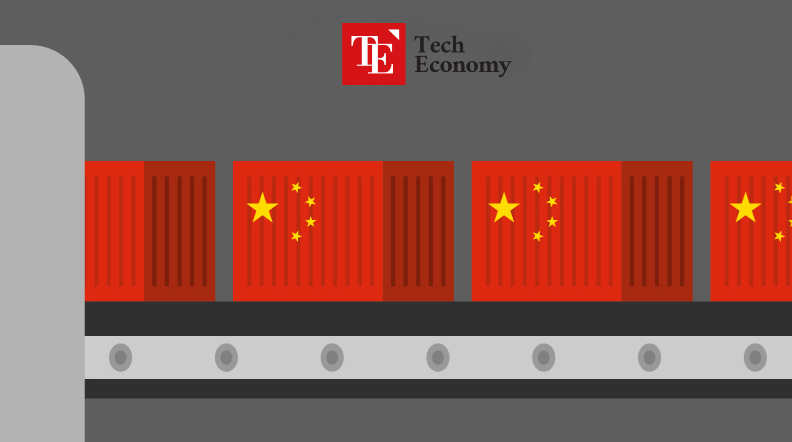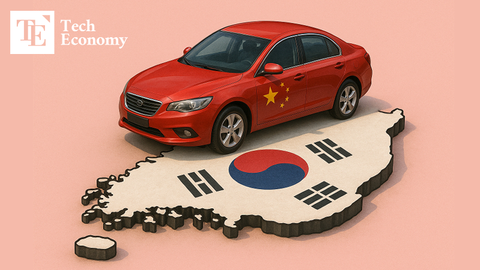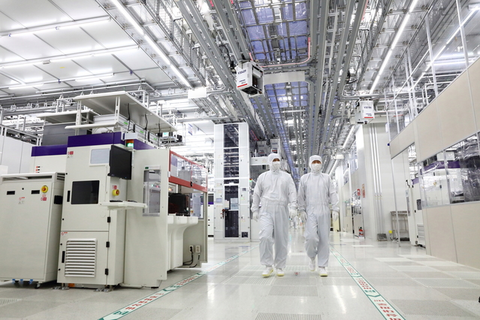US Pressures Vietnam to Cut Dependence on China – Supply Chain Battle Spreads to Southeast Asia
Input
Modified
Moves to Exclude China from Supply Chains Accelerate ASEAN Identified as Key Front in Anti-China Strategy China Responds by Strengthening Manufacturing Diversification

The U.S. has asked Vietnam to reduce its use of Chinese-made components, intensifying supply chain conflicts across Southeast Asia. The Trump administration sees Southeast Asia as critical to its technological and geopolitical rivalry with China and is accelerating efforts to reshape the ASEAN market. In response, even Chinese companies are beginning to pull out of Southeast Asia, with some opting for Egypt as a new manufacturing hub—signaling a visible trend of "de-Southeast Asia" in global supply chains.
U.S. Signals High Tariffs on China-Linked Products
On June 17 (local time), Reuters reported, citing inside sources, that the U.S. government is demanding Vietnam reduce its reliance on Chinese parts and technology in ongoing tariff negotiations. “The U.S. wants Vietnam to lessen its dependence on Chinese high-tech components,” said one source. “This is part of the broader U.S. strategy to restructure supply chains away from China.”
Vietnam, a key manufacturing base for global tech firms like Apple and Samsung, still heavily sources components from China. Last year alone, Vietnam imported USD 44 billion worth of tech goods—including electronics, computers, and smartphones—from China, accounting for about 30% of its total imports from the country.
While the Vietnamese government is negotiating with companies to expand local sourcing, securing the necessary technology and implementing actual change remains challenging. Supply chain expert Carlo Cianthone noted, “Vietnam trails China by about 15 to 20 years in terms of supply chain scale and sophistication,” warning that “while there’s consensus on the need for change, any drastic shift could threaten the survival of local industries.”
Previously, the Trump administration warned it could impose tariffs of up to 46% on Vietnamese products. Should those tariffs be enacted, they would deal a major blow to Vietnam, whose largest export market is the U.S. Although a 90-day tariff grace period is set to expire on July 8, the two countries have yet to reach a final agreement. General Secretary Nguyễn Phú Trọng is also reportedly planning to visit the U.S. later this month to meet with President Trump.
U.S. Aims to Reposition Strategic Influence
The U.S. pressure on Vietnam and other ASEAN countries stems from a deliberate strategic calculation. Southeast Asia is seen not just as a production base, but as a key front to contain China and exert technological influence. Given ASEAN’s significant role in global supply chains for advanced industries like semiconductors, batteries, and telecom equipment, the U.S. sees incorporating the region into its own industrial bloc as a prerequisite to checking China’s rise.
This is also why ASEAN has become a prime target for both U.S. and Chinese tech partnerships and investments. As part of its anti-China alliance-building, the U.S. has been rapidly expanding investment in advanced manufacturing in countries like Vietnam, Malaysia, and the Philippines, working to establish non-China production hubs. Meanwhile, China is strengthening economic ties with ASEAN through agreements like the Regional Comprehensive Economic Partnership (RCEP).
These competing strategies place great pressure on ASEAN nations, which have long maintained diplomatic flexibility. Historically, ASEAN countries have maximized economic benefits through a balanced approach between the U.S. and China. But with the U.S. now demanding clear exclusion of Chinese technologies from supply chains, their options are narrowing. Adopting the U.S. position would also incur short-term industry disruptions and cost burdens.

China Also Retreats—Companies Eye Third Countries
As U.S. pressure on Southeast Asia intensifies, Chinese companies are also beginning to pull back. Anticipating that U.S. tariffs and tech sanctions may soon extend to ASEAN, some are adjusting or relocating production bases to entirely different regions. One prominent example: Chinese manufacturers are increasingly eyeing Egypt as a new production hub.
According to Egypt’s General Authority for Investment and Free Zones (GAFI), as of late May, over 2,800 Chinese companies were operating in Egypt, with cumulative investments exceeding USD 8 billion—more than double the 1,200 firms recorded in 2018. Major brands like OPPO, ZTE, and GAC Motor are among the entrants, along with numerous small- and mid-sized parts, textile, and appliance companies.
Egypt is seen as geographically advantageous—safe from direct U.S.-China tensions and strategically positioned to access both European and Middle Eastern markets. It also benefits from relatively low tariffs under the African Union and multiple free trade agreements. Moreover, Egypt’s China-friendly policies, foreign investment incentives, and stable political and security environment add to its appeal.
These developments reflect the growing perception that Southeast Asia may no longer be a safe detour if U.S.-China tensions continue to expand. One trade expert noted, “Vietnam, Thailand, and Indonesia have benefited the most from the ‘China Plus One’ strategy over the past decade. But if U.S. pressure and China’s retreat continue in tandem, their attractiveness as production hubs may fade.” He added, “If these countries can’t take a clear side, companies may find it more rational to look for new, politically neutral manufacturing hubs with fewer regulatory burdens.”





















